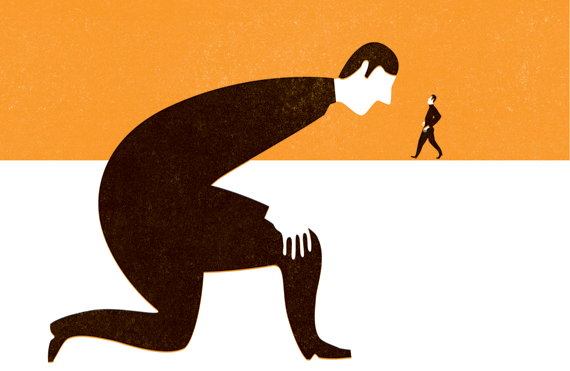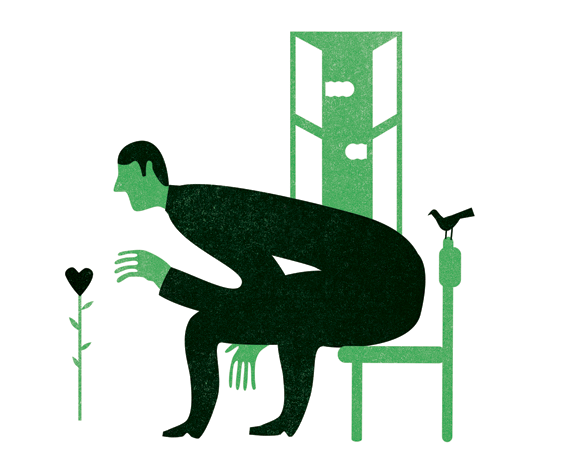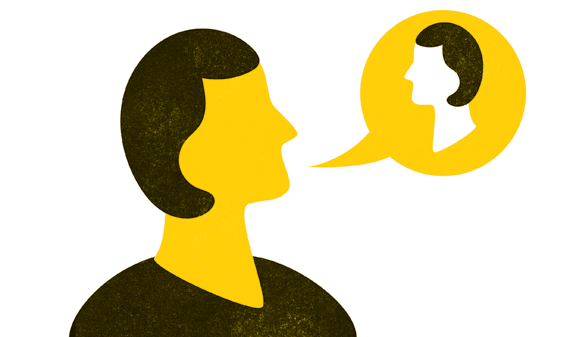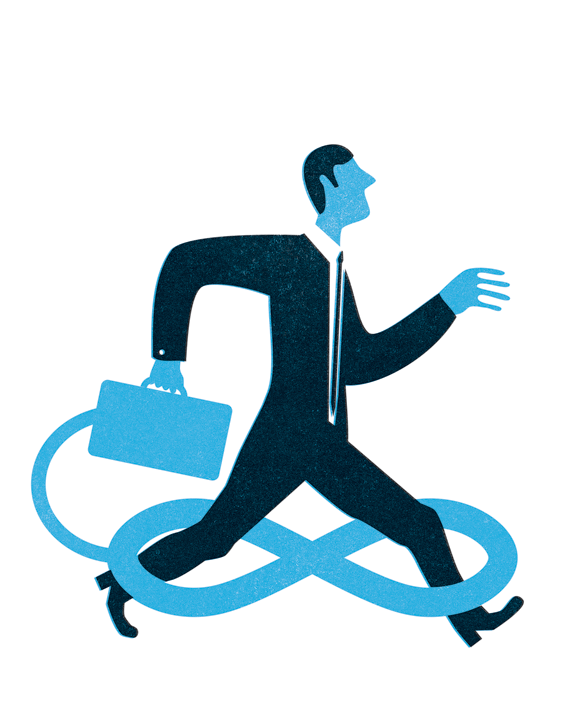
REV. PATTI NAKAI
Shinran (1173–1263) was born into the aristocratic class and spent 20 years at the monastery on Mount Hiei in Japan. During this time both the aristocrats and Buddhists looked down on the common people. Just as monks believed they could work their way up toward enlightenment through practicing purity in thought, speech, and action, the aristocrats believed they earned their privileged position through their morality. The common folk were called akunin, evil persons, because in the course of their work they broke the Buddhist precepts and so they deserved to live lives of misery and deprivation.
Shinran, in meeting his teacher Honen and receiving the Pure Land teachings, came to see how wrong that attitude of the monks and aristocrats was. Just as we are taken into the heart/mind of nirvana, receiving this great gift that we don’t deserve, we also realize how little we have done to deserve the lesser gifts of material wealth, comfort, and health. There is no real basis for our privilege—we didn’t earn it, but came into it largely through causes and conditions beyond our control.
Today in American society there is a demonization of the poor and disadvantaged, much like during Shinran’s time. We are their oppressors if we look at them as akunin, as deserving to be miserable because they aren’t working hard enough or upholding morality. In Shinran’s confession of being a foolish ordinary person full of defilement, his declaration of being an “evil person,” we see how wrong we are to think we can look down on others.
From the blog “Taste of Chicago Buddhism.” Reprinted with permission of the author.
Rev. Patti Nakai is an ordained minister in the Otani-ha (Higashi Honganji) branch of the Jodo Shin sect.

KEN McLEOD
Over and over again we are told that all experience is mind, but many people have difficulty understanding what this means.
Take the experience of sight, for instance. We see a flower. Ordinarily we regard the flower as being outside us. It is “out there.” Then we study Buddhism and run into lines such as “When you look at an object, there is no object: you see mind.” Such instructions have generated a lot of confusion over the centuries, as practitioners frequently have difficulty in understanding how what they see is mind. Their efforts usually leave them with only a conceptual understanding, as illustrated by the following story:
A monk had studied for many years and felt that he had come to a good understanding. He went to his teacher and said, “I’m ready to leave—to visit other monasteries and to test my understanding with other teachers.”
The teacher nodded and said, “Very well. I’m not so sure, but I’ll see you on your way.”
At the main gate of the monastery, they said their farewells. Then, as the student was about to set off, his teacher called to him, asking, “Do you see that big boulder over there? Is it in your mind or outside your mind?”
Confident in his understanding, the monk replied, “It is in my mind.”
“Ah,” sighed his teacher, “you are going to have a difficult journey if you have to take that boulder with you. Perhaps you should stay and practice a bit more.”
The confusion here is about perception. Do such instructions as “See objects as mind” mean that, in some way, those objects are in the mind? One way to clear up this confusion is to turn attention from what is seen to the seeing itself. When we look at a flower, we see the flower. When we look at a boulder, we see the boulder. In either case, where is the seeing?
When we look at the seeing itself, it is very difficult to say where it is.
It does not seem to be outside, and it does not seem to be inside either. It is definitely not between the two, because it is not clear where “between” would be. Outside, inside, or in between—these categories just do not seem to apply to the seeing itself. It is very curious. We have the experience of seeing, but we cannot say where that experience takes place. One might argue that the seeing takes place in the brain. That line of reasoning misses the point, however, because we do not experience seeing taking place in the brain.
When we look at the seeing itself, there is a shift, a heightened quality of just knowing. If we have sufficient stability in attention, we can rest in that shift. This knowing is not dependent on thinking or understanding. It is just knowing, and it is in the direction of mind itself—a groundless knowing free from the conceptual distortions of thinking.
From A Trackless Path (December 2015). Reprinted with permission of the author.
Ken McLeod is a writer and teacher of Tibetan Buddhist practice through Unfettered Mind, which he established in 1991.
SHITOU XIQIAN (c. 8th century)
Let me respectfully remind you who engage in deep practice:
time passes swiftly; do not squander your life.
From Zen Chants: Thirty-Five Essential Texts with Commentary, © 2015 by Kazuaki Tanahashi. Reprinted with permission of Shambhala Publications, www.shambhala.com.
Shitou Xiqian (8th century) was a Chan Buddhist teacher best known for his poems “Sandokai” and “Song of the Grass Hut.”

BARBARA ANN KIPFER
Watch your thoughts; they become your words.
From What Would Buddha Say? Reprinted with permission of New Harbinger Publications, © 2015 by Barbara Ann Kipfer.
Barbara Ann Kipfer is a lexicographer and the author of more than 50 books.

ROLF GATES
Getting honest is a process. The innate intellectual dishonesty of labeling things and then reacting to our labels hides in plain sight, and it takes a trained eye to see it for what it is. Our labels give us a sense of certainty. This is good, that is bad, this is safe, that is not. Most us have stayed in unhealthy relationships to avoid the pain of ending them. I believe we have a similar relationship with labels. We treat our labels like they are people, making it hard for us to walk away from them. Leaving a label is often felt to be a betrayal of the person or the group of people who taught us the label. Your beliefs honor your mother’s spiritual beliefs, but are you still a good daughter if you no longer affiliate yourself with her church? In order to skip over the pain of loss and the uncertainty of being without a label, we often just change definitions: we go from being a Christian to being a Buddhist or a yogi, never having to examine the dysfunction of the labeling process in the first place. This is why the felt experience of the body and the breath is so central to the process of getting honest. Sitting and breathing, we experience directly that there is no time, no life to divide into past and future, only now. Sitting and breathing isn’t hard or soft, hot or cold, good or bad; it’s all of these, and more. Life includes and transcends all labels.
From Meditations on Intention and Being © 2015 by Rolf Gates. Reprinted with permission of Anchor Books, a division of Penguin Random House LLC. All rights reserved.
Rolf Gates is a yoga teacher and author.
SANGHARAKSHITA
Reading some books, you’d think the Buddha-Way
As though macadamized, ran smooth and white,
Straight as an arrow, bill-boards left and right,
And that the yellow buses, thrice a day,
Whirled past the milestones, whose smug faces say,
“Nirvana 15 miles . . . By 10 tonight
You’ll all be there, good people, and alight
Outside the Peace Hotel, where you’re to stay.”
But those who read their own hearts, inly wise,
Know that the Way’s a hacked path, roughly made
Through densest jungle, deep in the Unknown . . .
And that, though burn a thousand baleful eyes
Like death-lamps round, serene and unafraid,
Man through the hideous dark must plunge alone.
“Sonnet,” from Complete Poems © 1995. Reprinted with permission of Windhorse Publications.
Sangharakshita is the founder of the Triratna Buddhist Community.
♦
Illustrations by André da Loba
Thank you for subscribing to Tricycle! As a nonprofit, we depend on readers like you to keep Buddhist teachings and practices widely available.